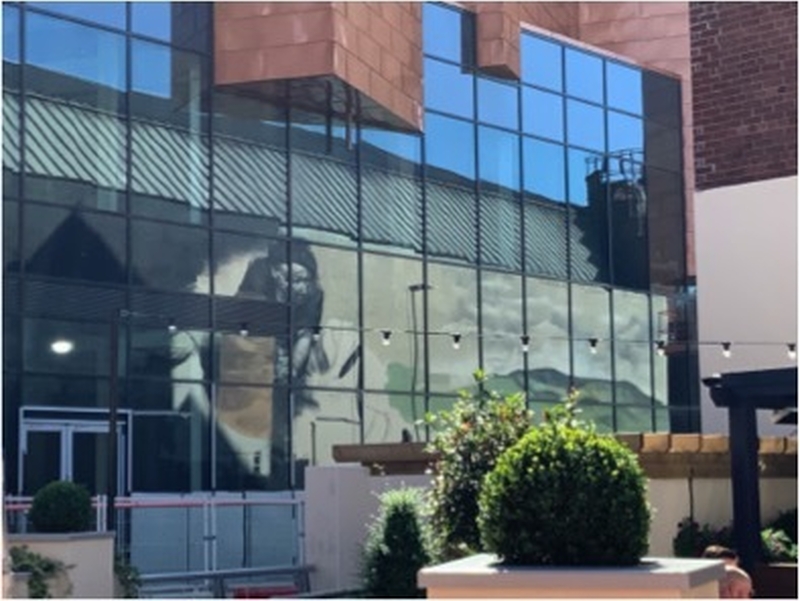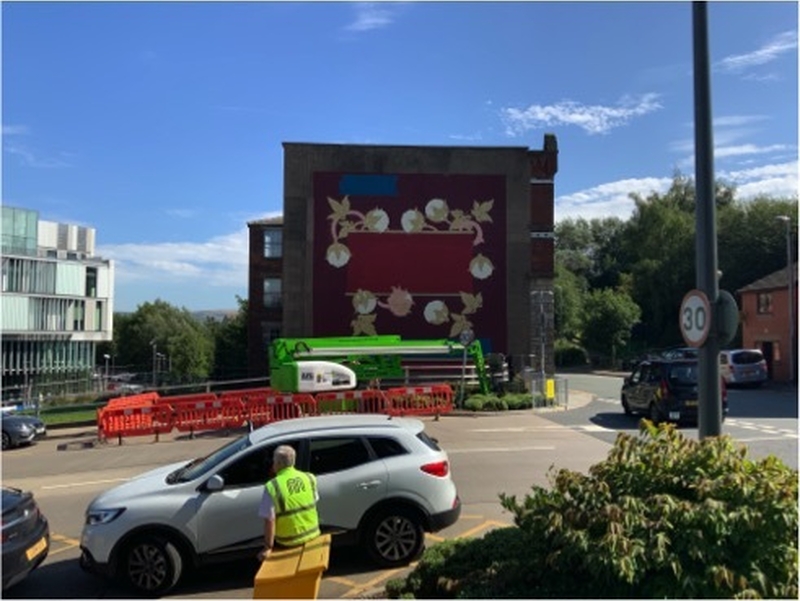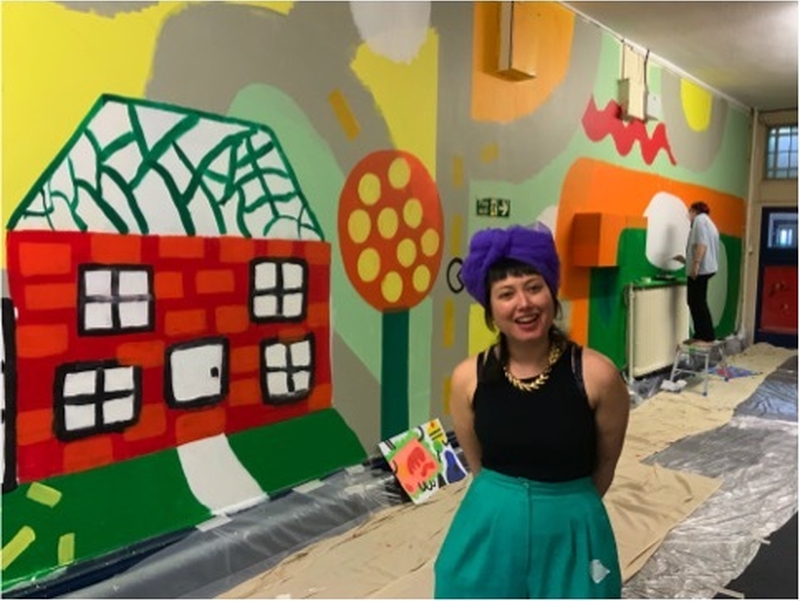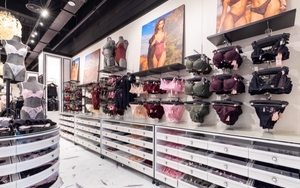After the recent Uprising Festival, the Rochdale councillor contemplates the role of urban street art in the face of declining retail
We’ve been here before. The economies of Greater Manchester’s peripheral urban areas took a pummelling when manufacturing and the cotton industry went in to sharp decline - central areas decimated by a lack of activity - and now cracks are showing in the retail market.
Central Manchester will survive even if we do all start to buy most things online. If anything, what is sold over the counter in the Arndale will become more high value as shopping in person becomes about the pursuit of leisure, or for specialist goods not available on Amazon. That hub of activity will concentrate where there is the greatest access to people: the city centre.
You put artwork on the walls and people start to care more, artists put love into their piece and the public start to love their space
It’s the Wigans, Rochdales and Ashtons that needs to watch their backs. Plans that emerge to salvage them and diversify their offer over the next decade, I believe, are going to become increasingly bold.

Pockets of city centres have long had life breathed into them through public works of art, but smaller towns on the periphery have yet to (really) join in. I don’t mean gentrification. Art can be, and should be, an attraction for everyone - creating spaces people want to be in should be accessible to anyone.
Continuing to mess with the bricks and mortar of town centres, where the private sector won’t, will no longer be the bread and butter of development. Any rational policy direction has to be visual and Instagrammable as league tables of who is all over social media the most are already being compiled as indicator of success.
This is what makes the recent street art festival held in Rochdale so significant. The local development agency (who initiated the festival) recognised that if their retail and leisure developments are to hold up, the town must develop a reputation for being an area separate to the rest, alive with cultural and vibrant activity, a place where people want to be.
The attempt is to create meaningful works of art that complement other council initiatives and to help the towns resident’s and visitors challenge their ‘place’ - terminology used in abundance by the artists. Money is not only being ploughed into development but into art as well; not by the culture service but by the economy directorate.

Although Uprising Festival was initiated by the Rochdale Development Agency it has been led by artists the Nomad Clan (Joy Gillerd and Hayley Garner, whose home town is Rochdale). Their contribution proved essential to the festival’s success. The festival’s pamphlet states 'the primary aim of the first edition of Rochdale Uprising is to breathe life back in to unloved and neglected parts of the town through a series of iconic murals.'
It’s not the first time the town has dabbled in art for regeneration’s sake but it is the first time in a long time that serious resources have been put in toward delivering large-scale public works of art despite the scaling back of services and the downward trajectory of council finances.
Although public art should be seen as essential to any council’s wider policy, art is something that is increasingly having to be justified, especially with Manchester city centre on your doorstep. There has to be a political appetite or else it’s too easy to sacrifice it to austerity: this festival was actually promised by the local Labour Party’s manifesto.
As I was walking through the Walk, the site of two murals, I overheard a woman bluntly put to her mother “I think it is all a bloody waste of money.” People get why you might build a £10m office block but not necessarily why you would commission a £10k mural.

Having said this, Tasha Whittle, an artist of the festival, reckons the murals will only be good for the town’s prospects. She said: “I have worked with Manchester City Council before and they are really supportive of Outhouse, which has been going for ten years, but for a small town like this it is rare to get so much support. You put artwork on the walls and people start to care more, artists put love into their piece and the public start to love their space.”
At the festival Q&A it was made clear that the artists believed their art should not be used for ‘aggressive gentrification’ and ‘economic misuse.' This made me think that the longevity and sustainability of art as a generator of vibrancy when faced with a decline of activity, and to recreate the buzz of urban areas, will rely on artists wanting to participate in that area’s vision to produce something meaningful. They said they were more than happy to come back to Rochdale.














